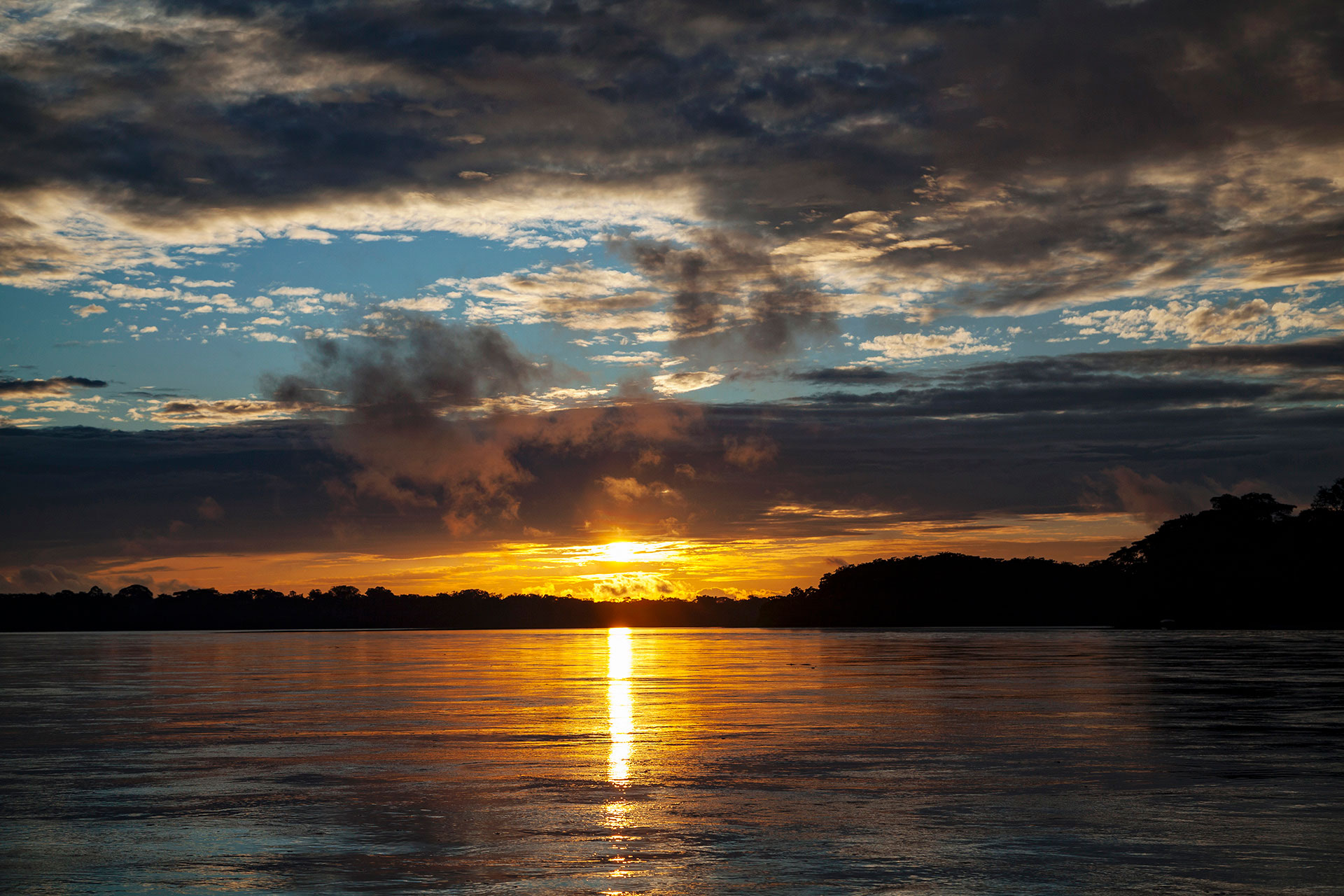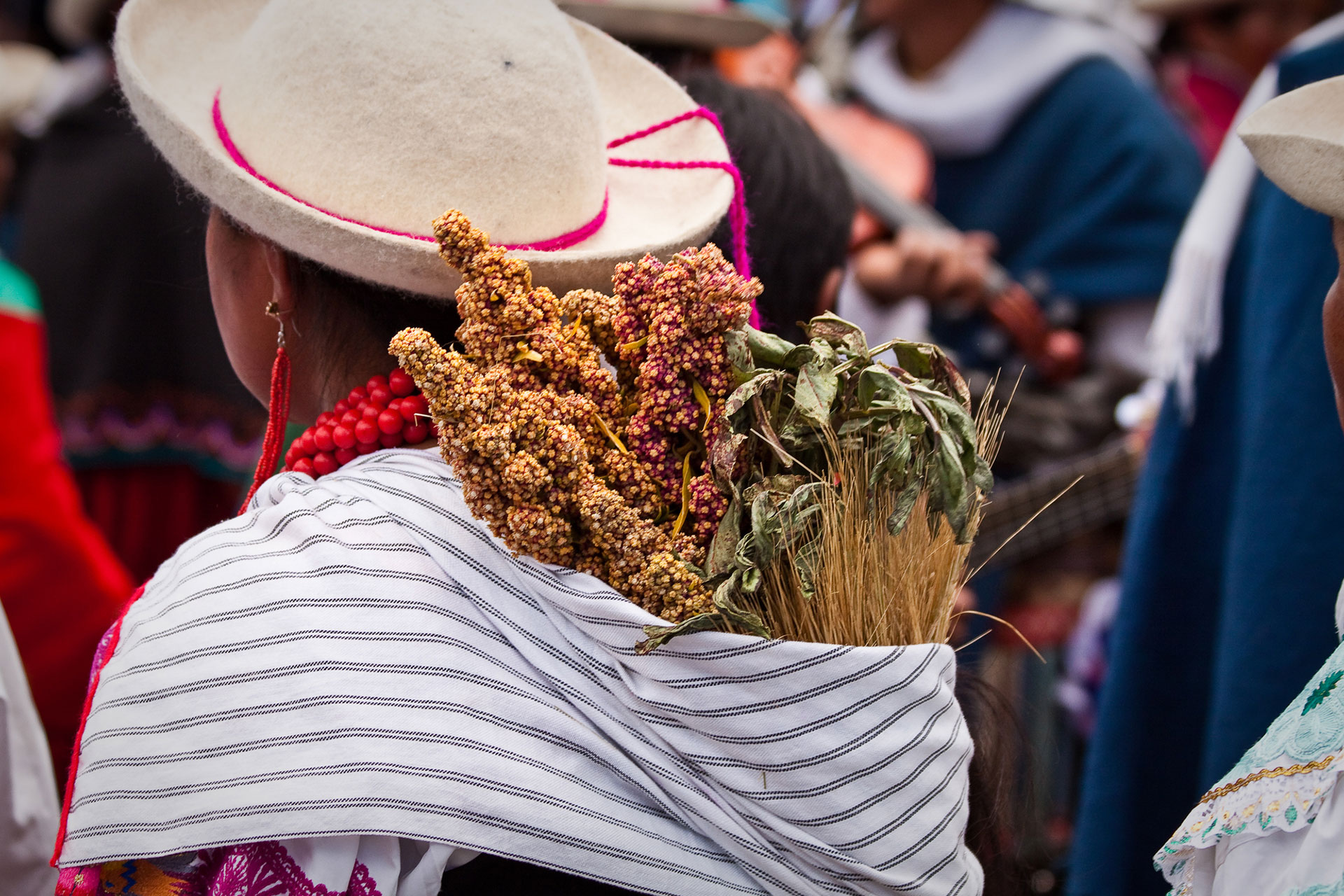The summer solstice is the time of year when the Sun reaches its highest position in the sky, producing the longest day and the shortest night of the year. It takes place during June in the Northern Hemisphere and December in the Southern Hemisphere. In many modern countries and calendars, the summer solstice marks the beginning of the nominal season and the end of spring.
The summer solstice has been celebrated throughout history with traditional festivals, holidays, and rituals, often centred around themes of religion or fertility. Prehistoric monuments such as Stonehenge in England and the Great Sphinx of Giza in Egypt are believed to have been built to align with the location of the sun at the height of the solstice; various prehistoric societies, especially those that worshipped the sun such as the Inca, made offerings to their gods during this time.
Many of these traditions have survived to the current day, albeit in modified forms (for example, no one marks the solstice with human or animal sacrifices in this day and age). Different parts of the world celebrate the summer solstice in different ways, though they often share commonalities – costumes, dances, parades, and feasting chief among them. Europe in particular has a fondness for the use of fire in their celebrations.
In many Western countries, the Christian celebration of St. John’s Day takes place on the day of the summer solstice. Originally established in the 4th century AD, in honor of the birth of Saint John the Baptist, this feast day was marked by the use of celebratory fires of different kinds, depending on the nation, as well as food, drink, and church services. Modern celebrations of St. John’s Day and the summer solstice in general involve firepits (Spain, Greece, Austria), music festivals (Iceland), and yoga (New York City).
In China, the Dragon Boat Festival takes places near the summer solstice in May or June (as the Chinese calendar is lunisolar, the exact date the festival occurs varies from year to year on the Gregorian Calendar). Dating back some 2000 years, the origin of the festival is disputed, though the most common maintains that it commemorates the death of the poet and minister Qu Yuan, who is said to have drowned himself in the Miluo River. The legend states that his admirers tried to save him, or retrieve his body, using their riverboats; to commemorate this, modern Chinese hold dragon boat (a type of carved riverboat) races every year on the supposed day of his death. Similar celebrations take place in other countries on the same date, Malaysia, Singapore, Korea, and Indonesia chief among them.
In South America, celebrations of both the summer and winter solstices are closely linked to both indigenous traditions stemming from the time of the Inca and earlier, as well as to the Catholic church. One such tradition is the Inti Raymi, a celebration of Inti, the sun god, and which has sometimes been connected to St. John’s Day.





